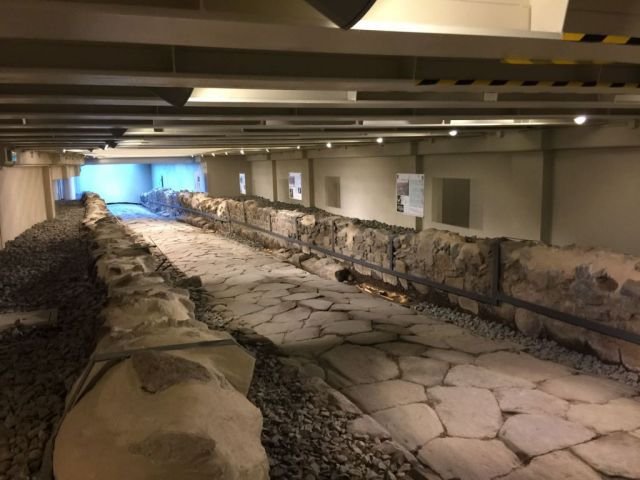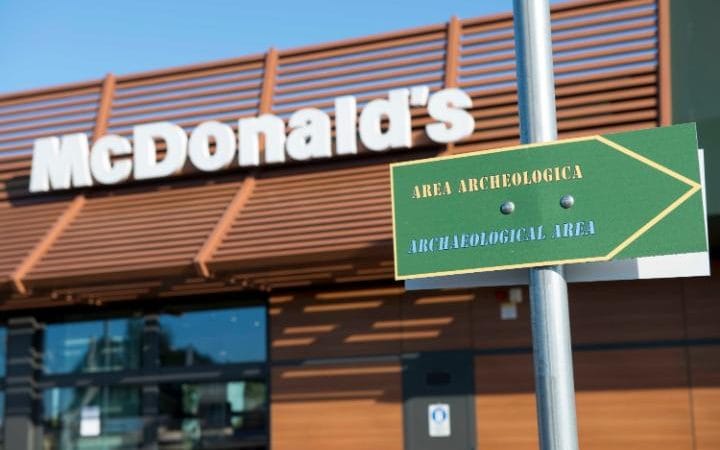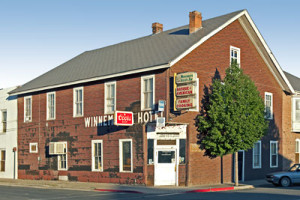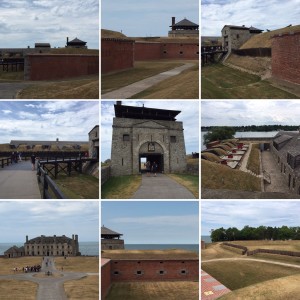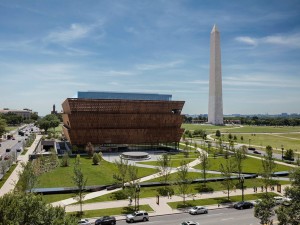Museums as relevant institutions of contemporary dialogue is a topic that really makes you think about how the role of museums has changed in the last few decades. All of these articles concerning the Black Lives Matter movement or refugees call into question how to include these controversial topics into museum discussions. It was interesting to read about how different museums around the world are doing just that. On a side note, I wonder about funding for these topics. I know that here in Idaho, as Alisha discussed in her Public Historian post, funding is a major problem for the Idaho Black History Museum. Aside from that, I struggle with how these efforts would get implemented in places like a Idaho. Certain people in this part of the country may benefit from education on African Americans that a museum could provide, but I know some would not even want to walk in the door. Those that need it most, would protest the exhibits the most, and be resolute in keeping their views the same as they’ve always been. Maybe I’m being cynical and unfair, but as we’ve already discussed, these tricky subjects can cause defensiveness.
All of the articles regarding the Black Lives Matter movement mentioned social media as a major component in keeping relevance. Throughout the previous week’s reading, social media and an online presence had been mentioned multiple times. When reading this, I was struggling to visualize how museums would go about that. Personally, the most that I have been exposed to online associated with museums is following a certain institution on Facebook and reading some of their posts related to current exhibits. So I had questioned what a museum online presence actually meant. As a non-twitter user, I appreciated the sections devoted to how twitter has been the biggest connecting force. In “Museums & #BlackLivesMatter” they described how a museum can facilitate a twitter conversation and store those conversations for later use. While this is all very interesting, I can’t help but think about how many trolls are out there spewing insults and attacking people’s right to have an opinion. Civilized, informed dialogues can be lacking when there’s online anonymity to hide behind.
Another point that I found worth discussing was the fact that the African American History Museum is collecting artifacts from the Black Lives Matter protests. In my experience, I feel like some people don’t always recognize the significance of current events, and some length of time is needed to gain that perspective. As a result, I found the collecting of protest artifacts very proactive. The museum is recognizing that these protests are important, and thus, they won’t have to worry about gathering signs and gas-masks 20 or 30 years down the road. While conversely, the opposite can be said. Many feel as though contemporary happenings are the most significant events to ever happen in the history of the Earth, when later we see that that may not be the case. To this argument I’d say that it would be better to have more than enough artifacts for any given time period, than not enough.
My last thought is that I love the idea that Berlin’s Museum of the Ancient Near East has implemented by employing refugees as guides. I think its immensely important that people own their history and this is one way to do that. Even though the artifacts are in Germany instead of Syria, Syrians are still the ones telling people about it and informing other Syrians about their heritage. While having these artifacts in Germany is not ideal, they are kept safe and away from groups like ISIS who recognize that destroying art and history is part of how you destroy your enemy’s existence.
http://news.nationalgeographic.com/2015/09/150901-isis-destruction-looting-ancient-sites-iraq-syria-archaeology/
On a tangent, here is a list from 2015 of some sites that ISIS has destroyed, which just infuriates me.
